|
Dirt mounds and tunnels are common in the landscape. In many cases, such as with Fire Ants, it is easy to find the mound-building culprits. But what about mounds or tunnels created by more elusive creatures? In our area, the mounds or tunnels that elude most people are ones created by mole crickets, moles, and pocket gophers. Which one are you dealing with? Compare your mounds or tunnels with the pictures and information below: Mole crickets are insect pests in Zoysiagrass, Bermudagrass, and Bahiagrass. They seldom damage St. Augustinegrass, although it is a possibility. Mole crickets management is most successful early in the season. Late spring into summer management is more difficult as mole crickets mature. Moles are common in Central Florida landscapes. Despite any rumors that you may have heard, moles do not feed on grass. Moles may damage your lawn and landscape plants by their tunneling. Earthworms are moles' primary food source. We offer mole management services in situation where moles are truly problematic. Pocket Gophers can wreak havoc in lawns and landscapes. They feed on both insects and vegetation. Pocket Gophers are best managed by trapping. Call us at (407)532-8188 for a referral. Mounds may also be dug by ground-nesting bees. While these bees possess stingers, they are not aggressive. I personally have never heard of anyone getting stung by these bees. They are beneficial polinators and do not require management with insecticides. If you want to discourage these bees from nesting, try watering the area - the bees will often move somewhere else.
0 Comments
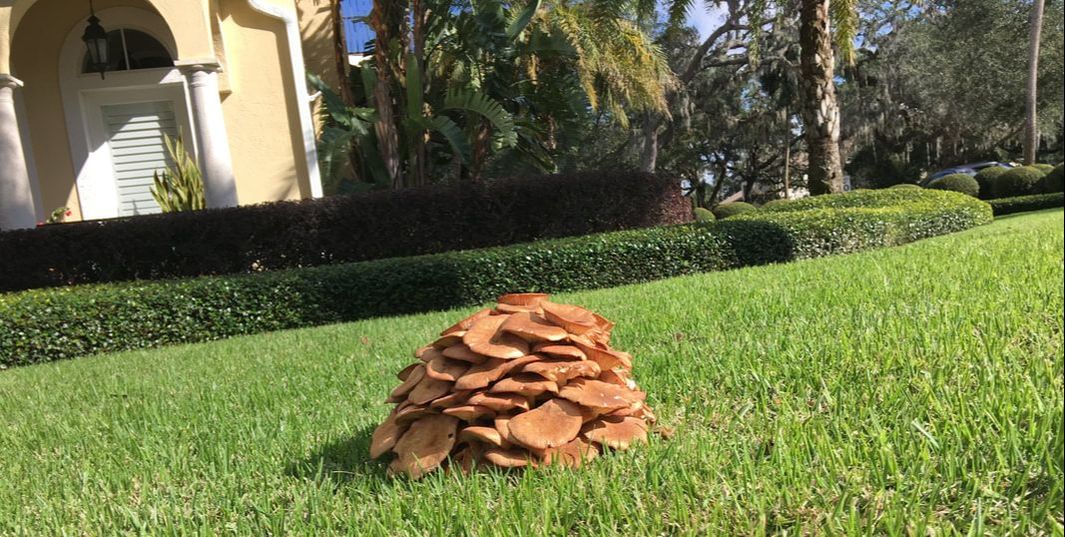 Armillaria (Mushroom Root Rot) Mushrooms in Zoysiagrass lawn Armillaria (Mushroom Root Rot) Mushrooms in Zoysiagrass lawn Our customer, Leslie, from Orlando emailed me about brown, slimy mushrooms popping up in her lawn and plant beds. Leslie wrote: "What are these things and should I be concerned?" The mushrooms growing in Leslie's landscape are the mushroom stage of Armillaria, also known as Mushroom Root Rot. 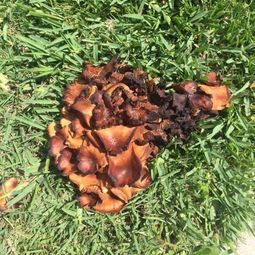 Armillaria mushrooms beginning to decompose Armillaria mushrooms beginning to decompose These mushrooms do not infect or damage the lawn in any way. It is best to remove them to limit the spread of spores that they release. If you choose to remove the mushrooms, please do so with gloved hands as they are poisonous. If left alone, the mushrooms decompose within a few days, leaving slimy masses. These too disappear rather quickly. There are no products that we can apply to your lawn to prevent or kill these mushrooms. 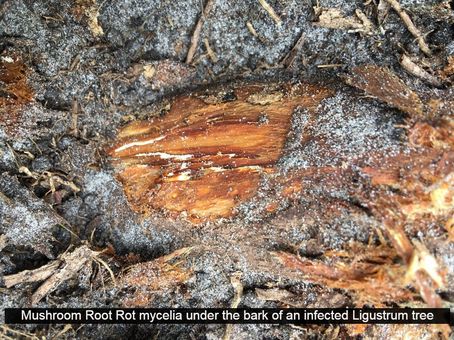 Armillaria mycelia (white color) under the bark of infected Ligustrum Armillaria mycelia (white color) under the bark of infected Ligustrum Armillaria is a fungus that often infects woody trees and shrubs. Oak and Hickory trees are often infected by this fungus, but so are many common woody ornamental plants. These include Ligustrum, Viburnum, Podocarpus, Azalea, and many more. This disease primarily infects the roots of susceptible plants. Visual symptoms of the disease include entire or partial decline or death of the plant. We can usually confirm infection by confirming fungal growth under the bark of the plant. Often, people presume that the disease can be diminished by removing the mushrooms associated with Mushroom Root Rot. Unfortunately, doing so has no effect on the spread of the disease. If Mushroom Root Rot is diagnosed in one of your shrubs or trees, it is best to remove the plant and dispose of it. There is no preventive or curative treatment for the disease. That said, removing and replacing soil prior to replanting may reduce the chances of infection of new plantings. In addition, some trees have been reported resistant to the disease - click here for more information from the University of Florida.
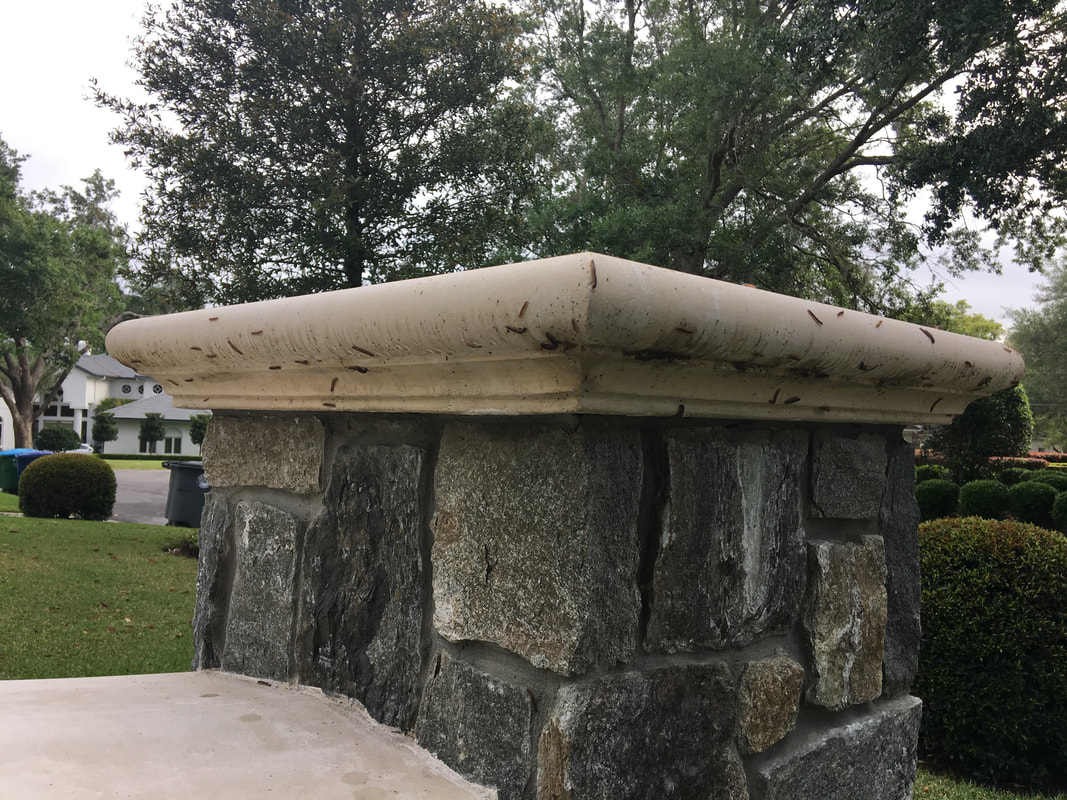 Millipedes infesting an exterior column in Winter Park Millipedes infesting an exterior column in Winter Park "Ew! These disgusting worm-looking things are covering my house! There are so many of them! They came out of nowhere!" - this is a common call that we get at our office this time of the year. It's the invasion of millipedes... In Central Florida, millipedes usually infest homes in the spring and fall, and usually in response to excess moisture. Millipedes thrive in lawns, mulch, under rocks and wood debris, and other dark, moist areas. They mainly feed on algae and are considered beneficial in the landscape. 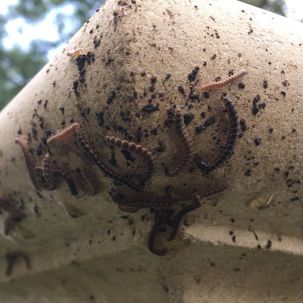 While unsightly and annoying, millipedes are harmless. They don't feed on your lawn or plants, and they don't bite or sting. If millipedes find their way inside your home, you'll notice that they quickly curl-up and die. This is because millipedes require a high-moisture environment to thrive. 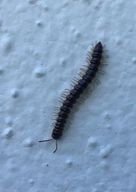 Management of millipedes is usually not necessary. In most situations, infestations are short-lived and millipedes return "home" where they belong. For particularly excessive infestations, an insecticide application to the lawn and landscape surrounding the property, as well as to the outside perimeter of the structure may provide some relief. 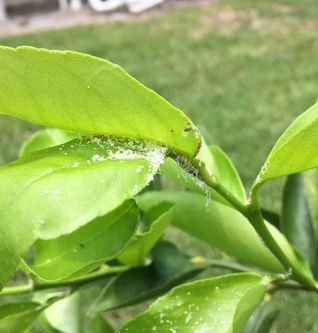 Asian Citrus Psyllids nymphs (immature psyllids) infesting new growth of a lime tree Asian Citrus Psyllids nymphs (immature psyllids) infesting new growth of a lime tree Citrus Greening is a devastating disease of citrus in Florida. It is also known as Huanglongbing (HLB). This bacterial disease is transmitted into citrus through tiny insects called Asian Citrus Psyllids. Once infected, diseased plants decline gradually, and fruit quality decreases. The disease may go undetected for some time following infection. Infected trees that may otherwise thrive for 50 years or more often succumb to the disease within 5-10 years. 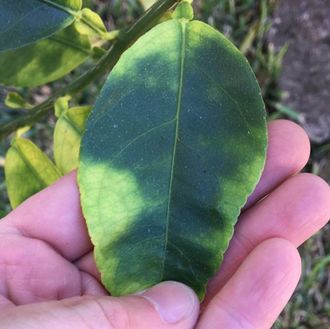 Uneven leaf mottling is a key symptom of Citrus Greening Disease Uneven leaf mottling is a key symptom of Citrus Greening Disease The most characteristic symptom of Citrus Greening disease is leaf yellowing in uneven patterns across the leaf midvein, on both sides of the leaf. Other symptoms that may be associated with Citrus Greening disease is overall yellowing, dieback of leaves, stems, and branches, poorly-tasting fruit, dry fruit, and misshaped fruit. With exception to the characteristic leaf mottling associated with Citrus Greening disease, all other symptoms may also be associated with nutrient deficiencies and other insect pest infestations or diseases. There is no treatment for Citrus Greening. Current efforts to manage the Asian Citrus Psyllid include releasing wasps that parasitize the psyllids and investigating citrus varieties that show resistance to the disease. 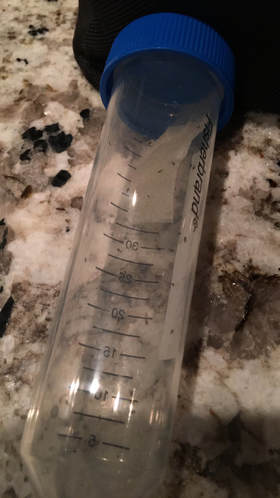 The Florida Department of Agriculture and Consumer Services (FDACS) is offering free parasitic wasps. To be considered, you will need to fill-out their form and follow the instructions. Here's a link: www.freshfromflorida.com/tra. Picture: Beneficial Tamarixia wasps provided by FDACS for management of Asian Citrus Psyllids. 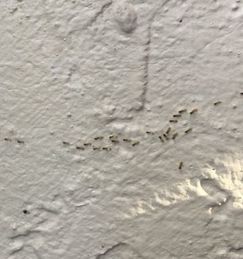 Ghost Ants are commonly seen infesting structures this time of year. These ants are very small and translucent. They commonly nest both outside and inside of homes. Outside of the home, Ghost Ants typically trail along exterior walls to an entry point into the structure. Inside structures, nests can be found within wall voids, behind cabinets, and in undisturbed areas in kitchens and bathrooms. Most people notice these ants in kitchens, feeding on food scraps. Ghost Ants are managed through treatment of ant trails around the foundation of the structure. Strategic bait placement is also important in managing these ants. The most important aspect of managing Ghost Ants is identification of nesting sites, identifying entry points, and applying the proper products.
|
AuthorRoi Levin, M.Sc., C.P.O. - Business partner and manager. Roi joined EPLS in 2005 following earning his Master of Science degree in Entomology and Nematology from the University of Florida. Roi is a Certified Pest Control Operator. Best Management Practices certified. Roi provides a level of technical expertise that is uncommon in the pest management industry. He regularly offers seminars at the University of Florida Orange County Extension Office as well as at Harry P. Leu Gardens. Roi has been a guest speaker on the Better Lawns and Gardens with Tom MacCubbin radio show as well as Orange TV's Central Florida Gardening television series. Archives
August 2019
Categories |
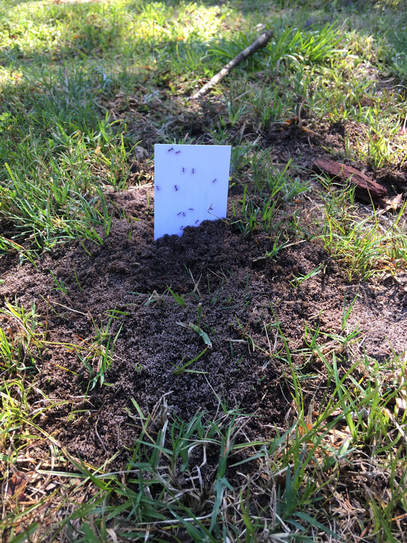
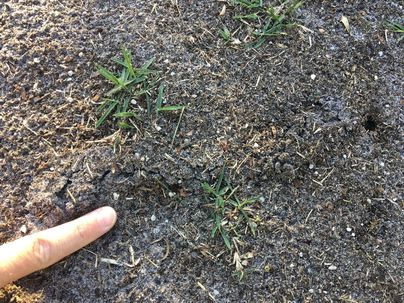
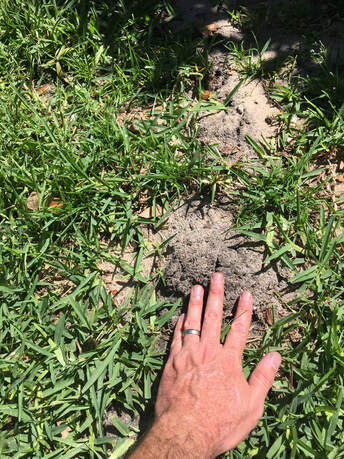
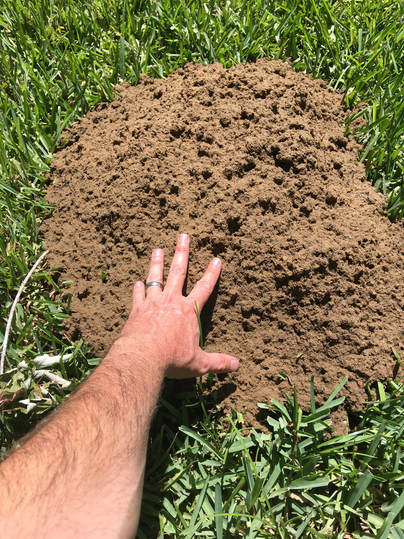
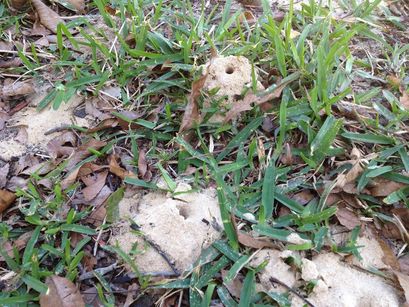

 RSS Feed
RSS Feed